Bodybuilding is the practice of progressive resistance exercise to control, build, and develop one’s muscles through a process known as hypertrophy. It is primarily undertaken for aesthetic purposes over functional ones, distinguishing it from similar activities such as powerlifting, which focuses solely on increasing the physical load one can exert.
According to Encyclopedia Britannica, bodybuilding is a regimen of exercises designed to enhance the human body’s muscular development and promote general health and fitness. As a bodybuilder, you develop your muscles with strength training and dieting for aesthetic purposes.
Bodybuilding can mean many different things for different people. Many think of someone looking like Arnold Schwarzenegger when they think of bodybuilding. That’s the sport of bodybuilding, where you compete against other bodybuilders to determine who has the most well-developed physique. However, you can be a bodybuilder without ever stepping onto a bodybuilding stage or even wanting to do so. As long as you dedicate yourself to developing your body through exercise and diet, you can proudly call yourself a bodybuilder.
The benefits of regular exercise are numerous, and today science has caught up with what bodybuilders have been doing for many decades. Instead of focusing on only aerobic exercise, current recommendations for physical activity include regular strength training for all age groups. Bodybuilding is the number one way to sculpt your body the way you want. You can aim to pack on as much muscle as possible and build the physique of a competitive bodybuilder, or you can shape your body into a more muscular and fit version without going to extremes.
The Myth of Height in Bodybuilding
In the world of bodybuilding, where the pursuit of perfection is paramount, the notion of towering giants dominating the stage is a common misconception among newcomers to the sport. The belief that the tallest and most massive bodybuilder is destined for victory in every competition is far from the truth. Contrary to popular belief, competitive bodybuilding is not a realm where sheer size alone reigns supreme.
Instead, the focus is on aesthetics—a harmonious blend of muscle size, symmetry, quality, conditioning, and balance. In this arena, it’s the individual with the most ‘flowing’ physique, not necessarily the one resembling a bodybuilding Frankenstein with disproportionate muscle mass, who stands a better chance of claiming victory.
Judging in bodybuilding is an inherently subjective process. Every competitor on the professional stage boasts a physique worthy of a magazine cover, but trophies are reserved for those who stand out in comparison to their peers. This is where the myth of taller bodybuilders holding an inherent advantage unravels.
Despite their commanding presence and towering stature on stage, taller bodybuilders face a unique set of challenges that can hinder their quest for the coveted gold medal. The issue lies in the extensive ‘real estate’ these athletes must fill out. While many of these long-limbed competitors may sculpt impressive upper bodies, the struggle to achieve proportional development in their lower bodies places them at a disadvantage. The elusive qualities of symmetry and proportion often elude them, positioning them behind their more compact counterparts in the fiercely competitive world of bodybuilding contests.
Judging Criteria in Bodybuilding
Bodybuilding is a unique sport that requires a blend of physical prowess and aesthetic appeal. The judging criteria in bodybuilding competitions are designed to assess the overall quality of a competitor’s physique, taking into account several key factors:
- Muscle Mass: A bodybuilder needs to have developed muscles. Judges look for visible separation and striations (visible muscle fibers that ripple when flexed) in the muscles.
- Definition: Competitors should have a low body fat percentage, around five percent, which allows judges to see the grooves and texture of the actual muscle, as well as vascularity.
- Symmetry and Balance: A top bodybuilder needs to show off a body that’s symmetrical and balanced, with all muscle groups developed evenly.
- Proportion: The relative size of one individual part of the physique as compared to another.
- Stage Presence and Posing: Bodybuilding isn’t just about building up muscles. Competitors also need to have a strong stage presence and be able to strike a variety of poses to showcase their physique.
Different divisions may have different standards, so these points may not apply as much or at all to particular divisions. Each division favors a different body type. For example, the IFBB Professional League and National Physique Committee (NPC) have added new divisions — namely, Men’s Physique, Classic Physique, Women’s Physique, and Women’s Wellness.
Remember, bodybuilding is a subjective sport, and the judging criteria can vary from one competition to another. It’s always a good idea for competitors to familiarize themselves with the specific criteria of the competition they’re entering.
Challenges Faced by Tallest Bodybuilders
Taller bodybuilders face a unique set of challenges that can hinder their quest for the coveted gold medal. Here are some of the key challenges:
- More Real Estate to Fill Out: The issue lies in the extensive ‘real estate’ these athletes must fill out. The taller you are, the more surface area your muscles need to cover. This makes it more challenging to build up mass that looks similar in the final package to shorter bodybuilders.
- Proportional Development: While many long-limbed competitors may sculpt impressive upper bodies, the struggle to achieve proportional development in their lower bodies places them at a disadvantage. The elusive qualities of symmetry and proportion often elude them, positioning them behind their more compact counterparts in the fiercely competitive world of bodybuilding contests.
- Long Limbs: Toney Freeman, a successful pro bodybuilder who stood at 6’2″, discussed how his limbs were long in proportion to his body. He knew that no matter how hard he tried he couldn’t get his wrists and forearms to match the size he could build on the rest of his body. He needed to accept that limitation and work with it.
These challenges highlight the complexity and intricacies of bodybuilding, demonstrating that success in this sport requires more than just height and muscle mass.
Profiles of Tallest Bodybuilders
While there isn’t an official ranking for the tallest bodybuilders in history, several bodybuilders have been notably tall and achieved significant success in the sport. Here are some of the tallest bodybuilders in the history of bodybuilding:
Olivier Richters: Olivier Richters (born 5 September 1989) is a Dutch bodybuilder, actor, model, and the founder and CEO of Muscle Meat. Known for his imposing height of 7’2″ (218.3 cm) and physique, he was the cover model of the November 2018 Netherlands’ edition of Men’s Health.
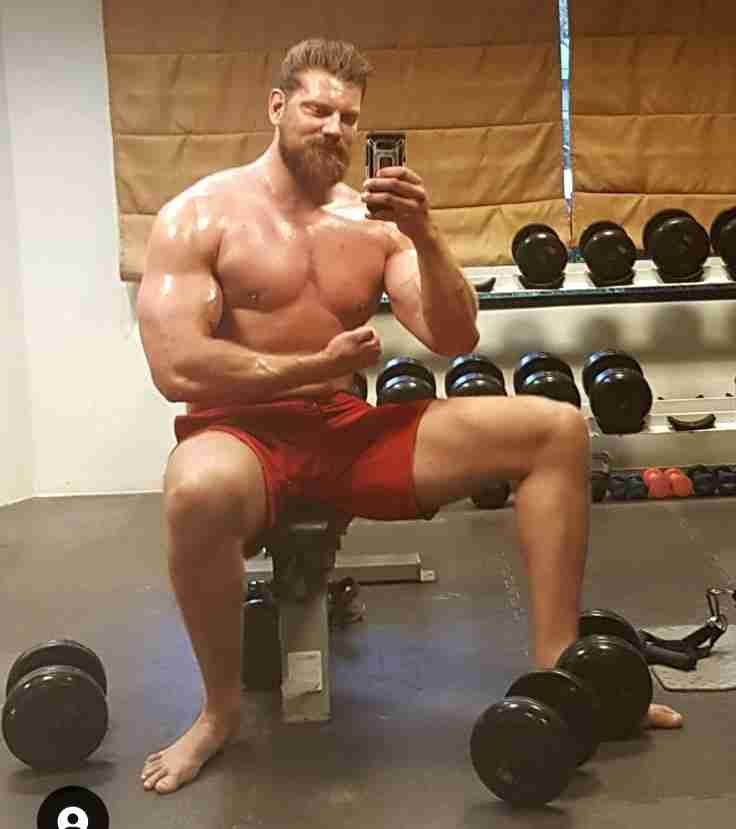
Lukas Lakutsin: Lukas Lakutsin is one of the tallest amateur bodybuilders, standing at 6’10″ (208.28 cm). Lukas Lakutsin is a famous TikTok Star and Athlete from Russia. He is also a Model, Actor, Bodybuilder, and Brand influencer. He is currently a member of a Russian ballet troupe. He participated in TV shows and music videos while leading an active lifestyle. He was part of a Hollywood movie named Scythian (2018).
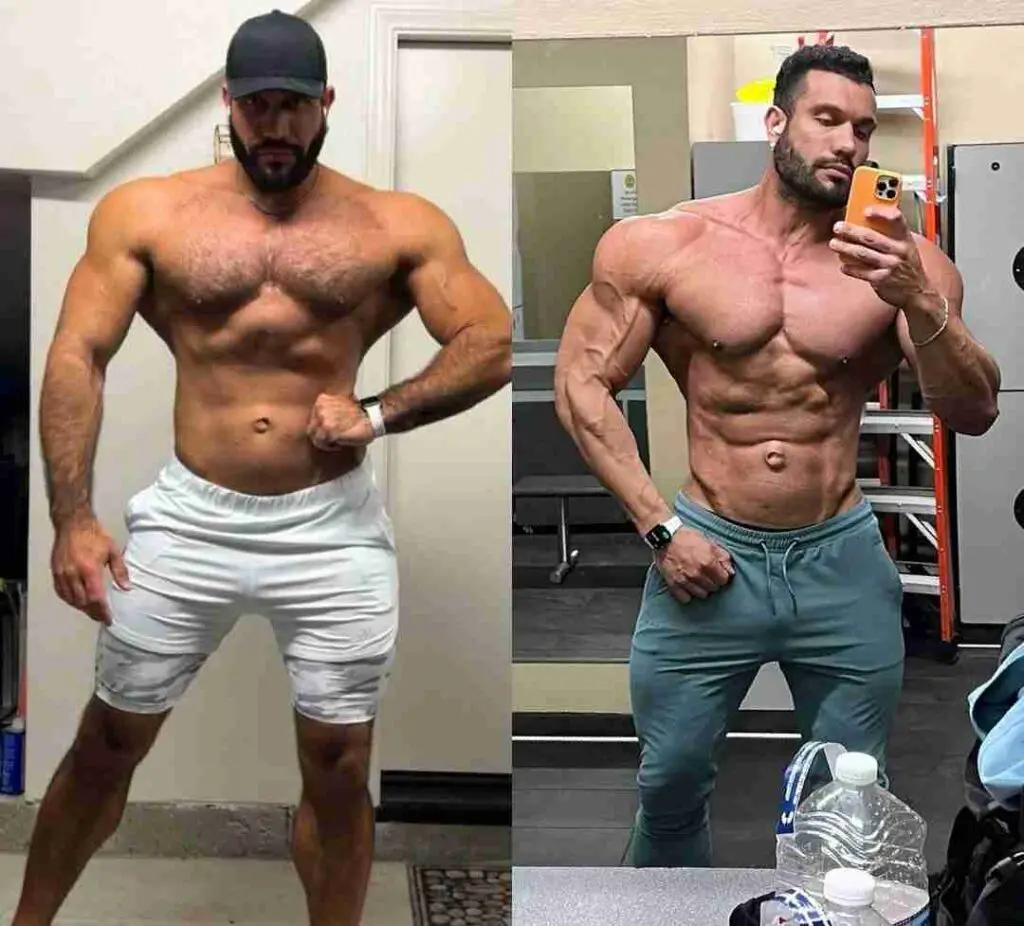
Martyn Ford: Martyn Ford (born 26 May 1982) is a British bodybuilder, actor, and social media personality. He gained significant attention and recognition for his physical stature and height, standing at around 6′ 8″ (203 cm) tall. He is often referred to as “The Nightmare” due to his intimidating appearance.

Aaron Reed: Aaron Reed is a professional bodybuilder and an ex-WWE wrestler from Tampa, Florida. At 6’7”, he’s one of the tallest bodybuilders in the world, and officially, the tallest bodybuilder to win a Men’s Physique competition.

Noah Steere: Noah Steere is a towering figure in the bodybuilding world. He stands at 6’6″ (198 cm) and has competed in various bodybuilding competitions, impressing audiences with his size and muscularity.
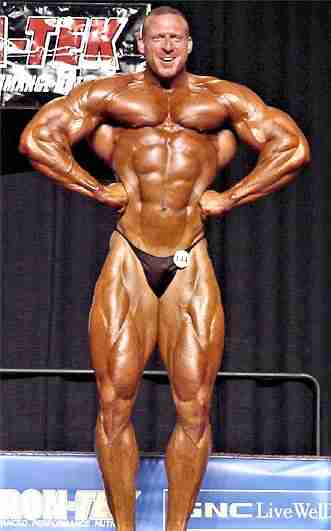
Pavel Szotkowski: Pavel Szotkowski is a bodybuilder who stands at 6’6″ (200 cm). His height and physique make him a standout figure in the bodybuilding world.
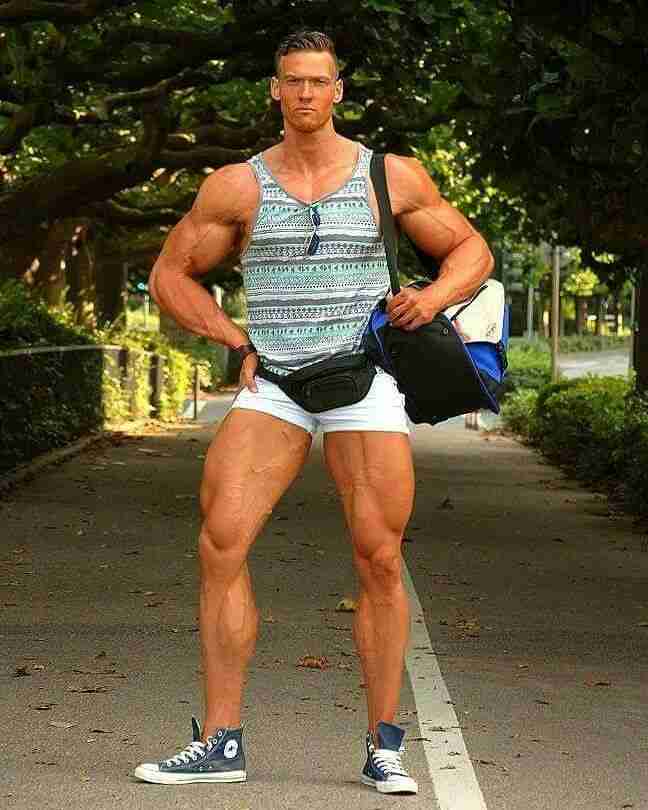
Ralf Moeller: Ralf Moeller, a former Mr. Universe, stands at 6’6″ (198 cm). He is a German-American actor and former Mr. Universe. He is well-known for his roles as Brick Bardo in Cyborg, Kjartan in The Viking Sagas, as a hero in the TV series “Conan the Adventurer”, Hagen in Gladiator, Thorak in The Scorpion King and Ulfar in Pathfinder – The Legend of the Ghost Warrior.
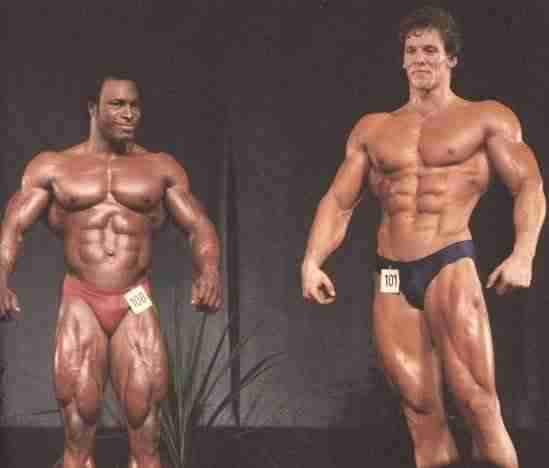
These bodybuilders have not only achieved remarkable heights but also made significant contributions to the sport of bodybuilding.
Impact of Height on Bodybuilding Success
Height does play a role in bodybuilding, but it’s not the only factor that determines success. Here’s how height can impact bodybuilding success:
- Different Visual Impact: Variations in height can create a different visual impact for professional bodybuilders.
- Aesthetics and Body Proportions: Shorter bodybuilders find it easier to build a ripped and proportionate look. Because of their smaller frame, they can pack on muscle mass more easily compared to taller individuals. It’s also easier for shorter bodybuilders to build more symmetrical muscles compared to tall and lanky people.
- Muscle Definition Visibility: The visibility of muscle definition can also be influenced by a bodybuilder’s height.
- Energy Requirements: Taller bodybuilders generally require more energy (calories) to build and maintain their muscle mass.
- Challenges Faced by Bodybuilders of Different Heights: Taller bodybuilders often struggle to achieve the same level of muscle definition and symmetry as their shorter counterparts.
While there is no such thing as the best height for bodybuilding, most successful male competitive bodybuilders are only slightly taller or shorter than the average American. The heights of all Mr. Olympia winners range from 5’6’’ to 6’2’’. Based on that, the average bodybuilder height of any Mr. Olympia is around 5’8’’.
Are TRX Workouts Actually Effective?
In conclusion, while height can influence bodybuilding success to some extent, it’s not the only factor. Other aspects such as genetics, training regimen, diet, and dedication play a significant role in a bodybuilder’s success.
Conclusion
In conclusion, bodybuilding is a sport that requires a blend of physical prowess and aesthetic appeal. While height can influence bodybuilding success to some extent, it’s not the only factor. Other aspects such as genetics, training regimen, diet, and dedication play a significant role in a bodybuilder’s success.
Taller bodybuilders face unique challenges, including the need for more energy to build and maintain muscle mass and the struggle to achieve proportional development in their lower bodies. However, these challenges do not prevent them from achieving success in the sport.
The profiles of the seven tallest bodybuilders highlight the diversity and complexity of the sport. These bodybuilders have not only achieved remarkable heights but also made significant contributions to the sport of bodybuilding.
Remember, bodybuilding is a subjective sport, and the judging criteria can vary from one competition to another. It’s always a good idea for competitors to familiarize themselves with the specific criteria of the competition they’re entering.

Good day, and welcome to Fitthour. My name is Shubham Vijay, and I am a certified personal trainer and nutrition coach with 6 years of experience in the fitness industry. At Fitthour, we specialize in types of training, such as strength training, cardio, or HIIT, and our mission is to help clients achieve their fitness goals and improve their overall health.




